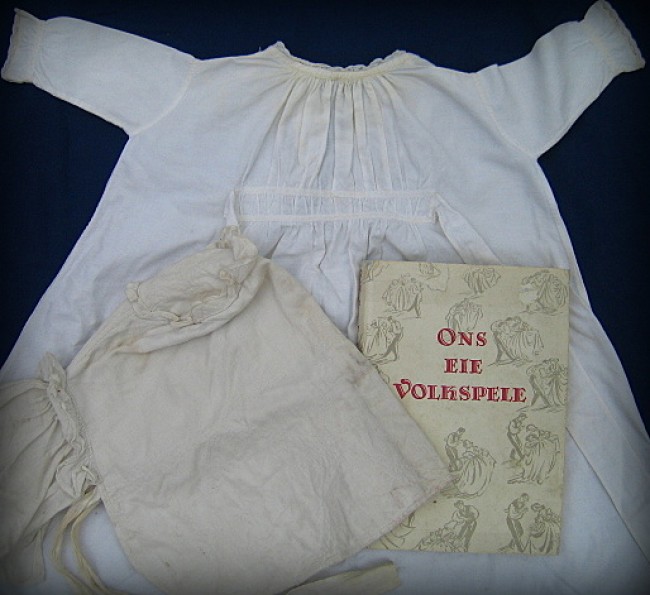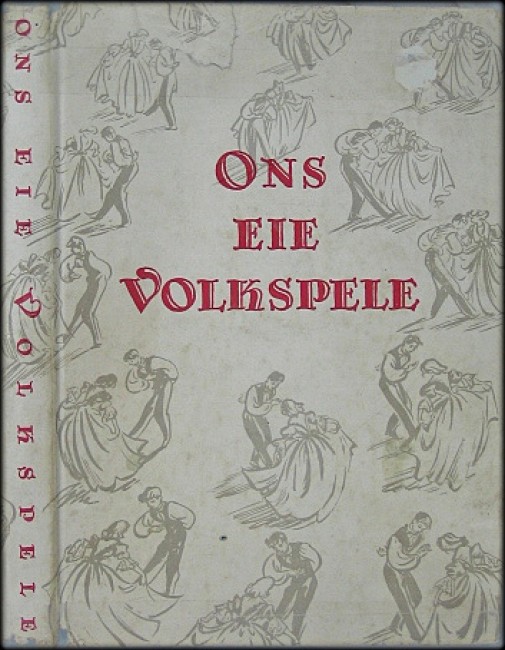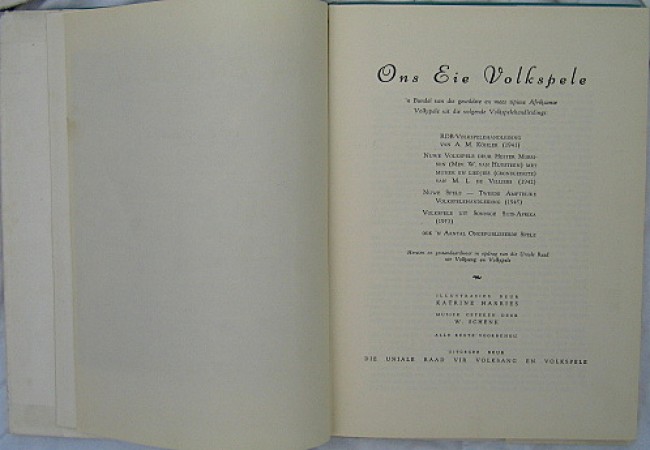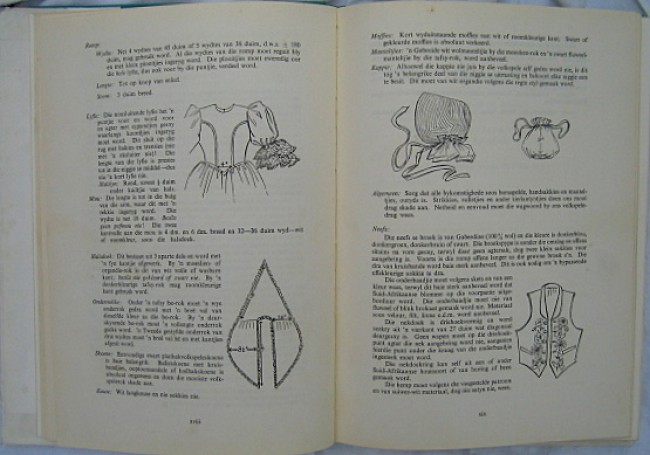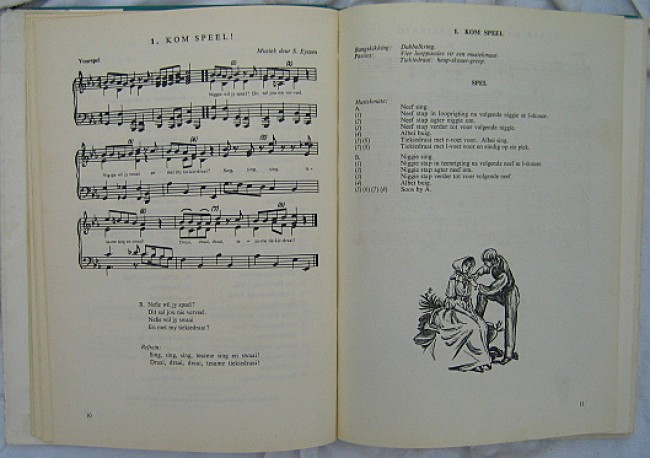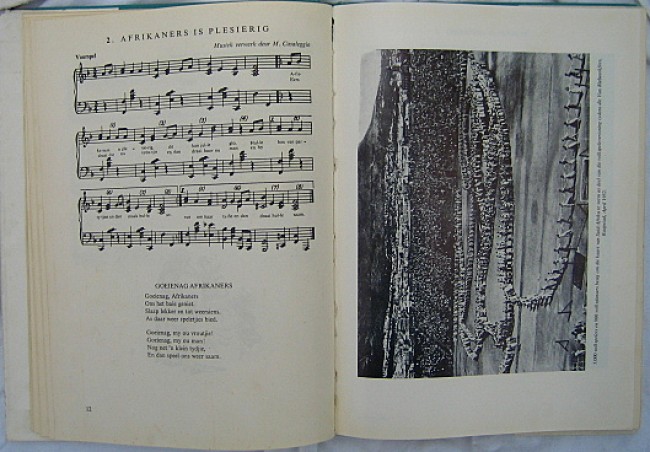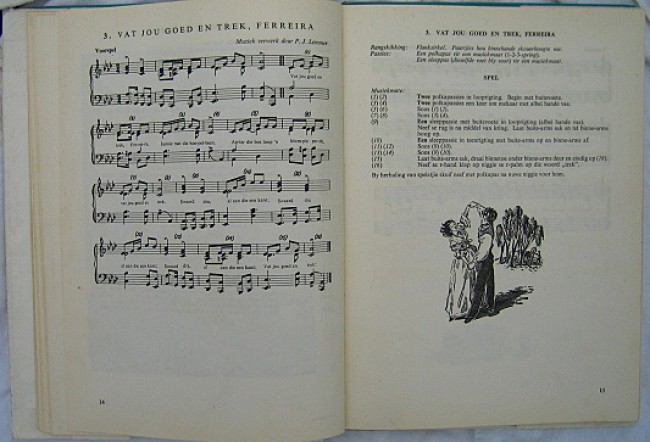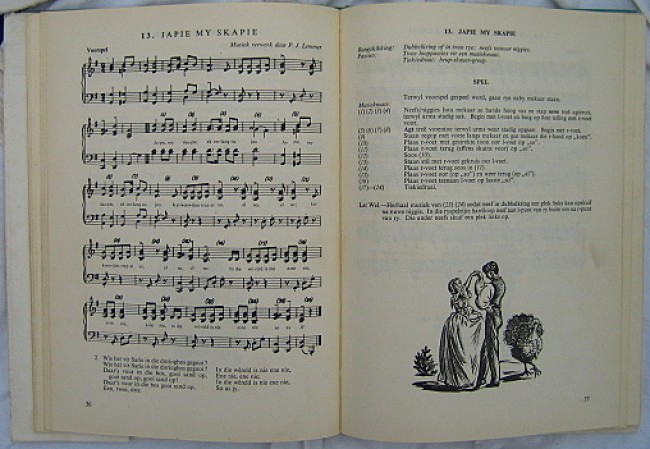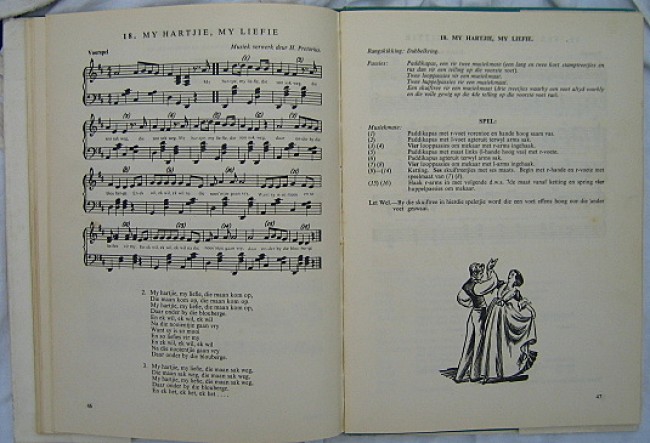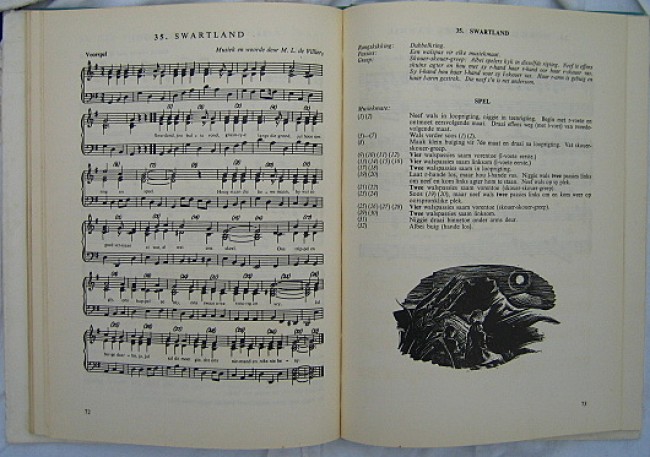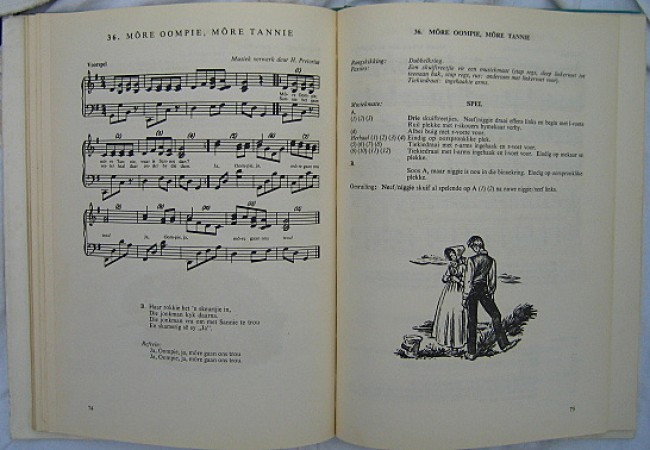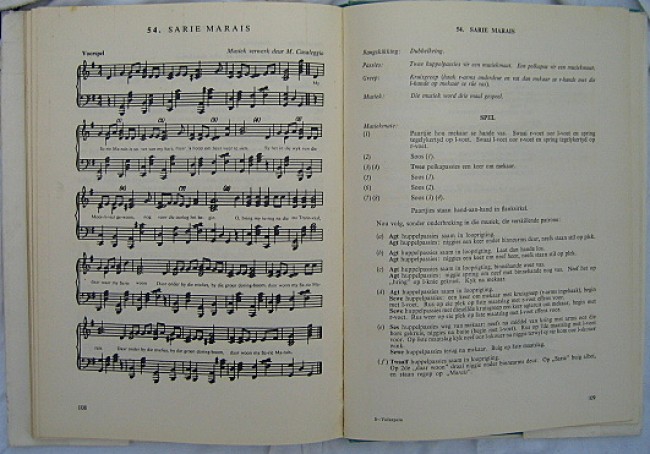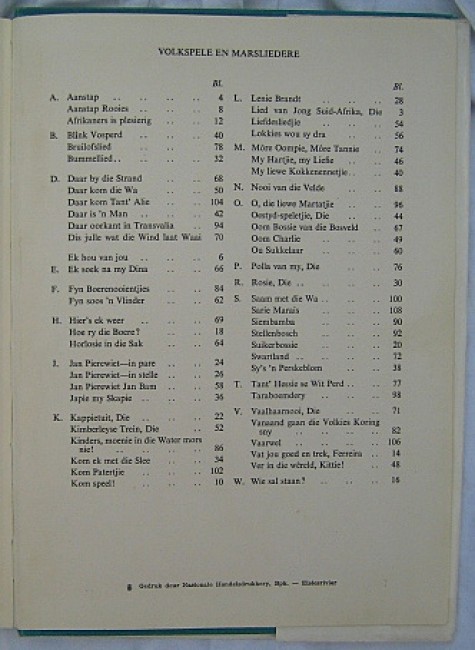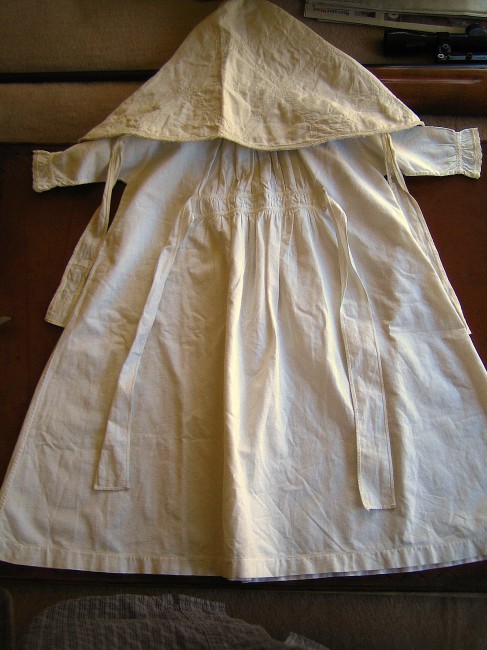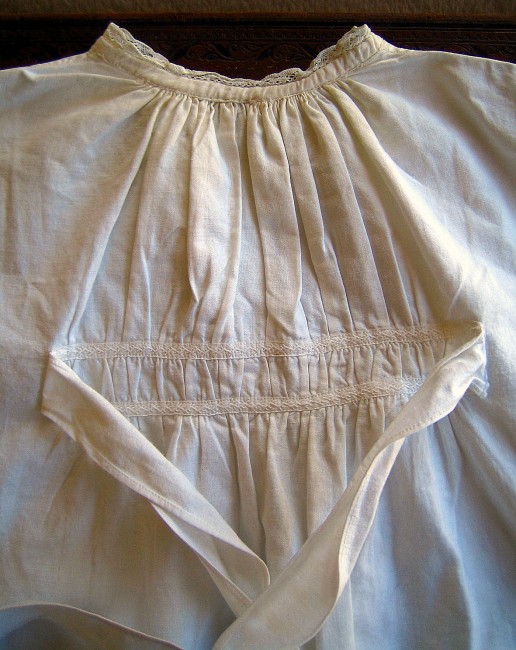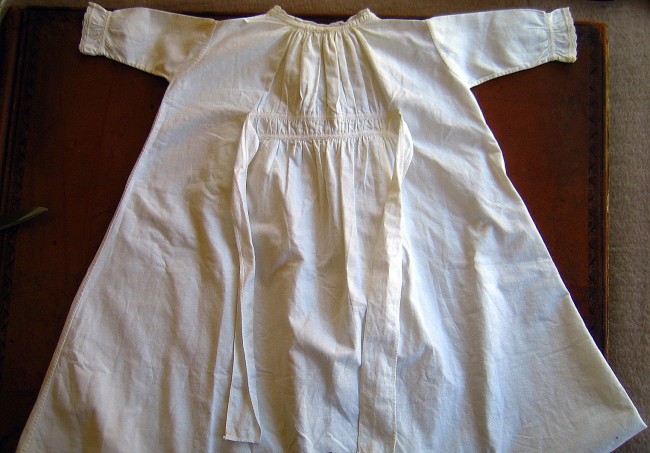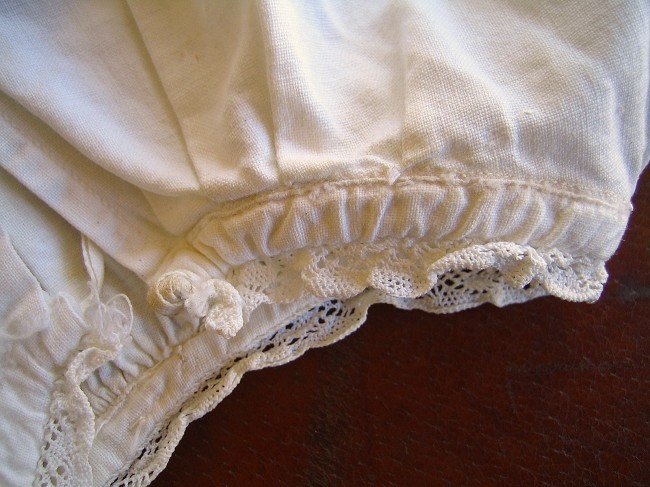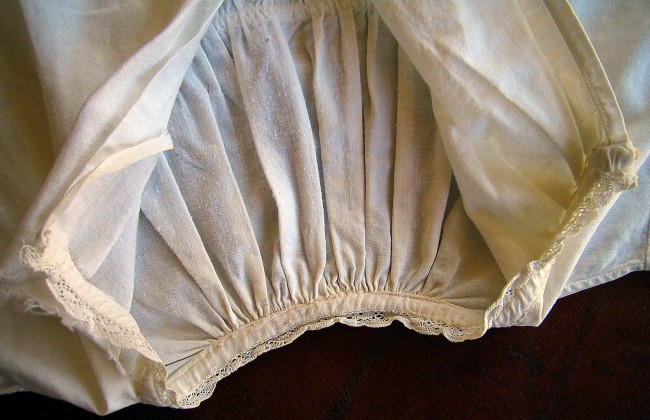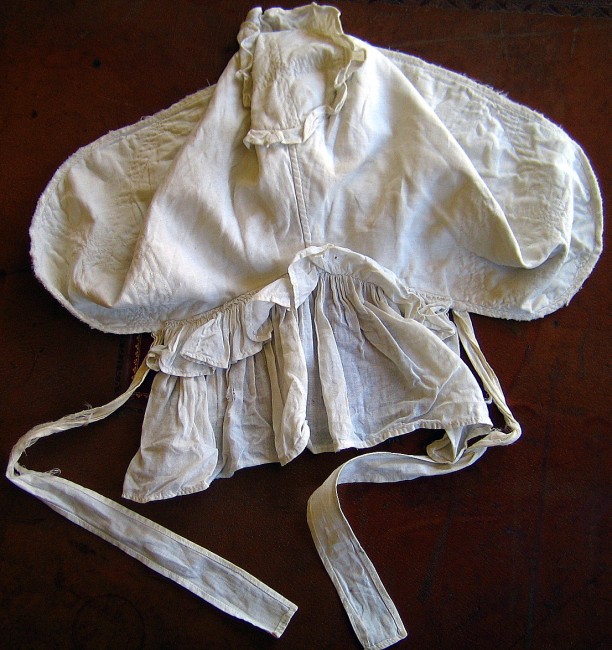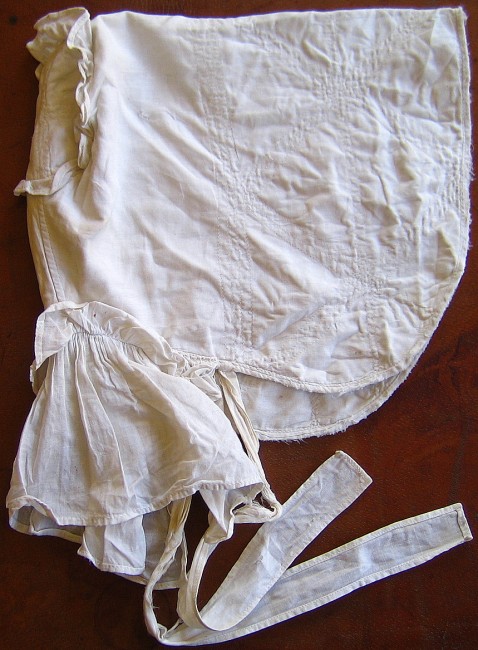1)ONS EIE VOLKSPELE.
116pp. Cloth hardcover with DW. Illustrated with b/w photos and line drawings throughout.
Previous owner's name and address neatly penned to front fixed EP. Age toned EPs. Lightly bumped corners. Some edge wear to DW. Otherwise clean and tight.
Volkspele is a South African folk dance tradition.
Directly translated, Volkspele means "folk-games" and can be translated to folk-dance. Folk-dance was the brain-child of South African Dr. SH Pellisier, who was visiting Sweden in 1912 with a friend to become more proficient in carpentry. After finishing their day's work they met with other young people in their respective countries' national dress to practise their folk-singing and -dancing. The South Africans were the only ones left out as they did not have any traditional dances.
Back in South Africa, Pellisier translated four Swedish dances and taught them to pupils at the Afrikaans High School in Boshof where he was Deputy Headmaster. During a Sunday School picnic on the farm Vuisfontein near Boshof on 22 February 1914 they performed the dances for the first time. The picnic games became known as volkspele.
With the help of the Reddingsdaadbond, an organisation which was established to assist poor Afrikaners after the Anglo Boer War, groups of dancers called laers were established throughout the country.
Get-togethers called saamtrekke are usually organised where all the laers get together to sing and do folk-dancing. The folk-dancers also present displays and have courses on different levels, seniors: people out of school, and juniors: learners in school, for either a weekend or longer. During the June school holidays there are also courses for grade 5-7 pupils (known as the Judith Pellissierweek - named after the wife of Dr Pellissier), grade 8-9 pupils (known as the Vormingsweek - Formative) and for grade 10-12 pupils (known as the Pellisierweek). From time to time there are overseas tours; or a folk-dance group or two will tour with South African folk-dancers in South Africa, giving displays at various towns. At these saamtrekke, displays, tours and courses the dress (volkspeledrag) is as the photos below show.
Tours have been conducted to Europe, Namibia, The United States and Turkey, with groups from Italy, Germany, Belgium and others touring South Africa.
The dress originated from the formal dress the pioneers or Voortrekkers wore. It is called national dress, as in the European countries. All folk-dancers in South Africa must use the same style with only the colours differing. Each laer has its own colours for the ladies' dresses as well as for the men's waistcoats - these are embroidered with indigenous flower designs.
2)VOORTREKKER KAPPIE AND DRESS
A few loose threads and some yellowing around the lace collar area (see photograph), otherwise very well preserved.
Date: 8 August, 1938
The Great Trek was a migration that took place between 1838 and the 1840s, and involved the Boers leaving the Cape Colony and settling in the interior of South Africa. White settlement led to the establishment of the republics of Natalia, the Orange Free State and the Transvaal. Among the reasons for the trek was the general dissatisfaction with British colonial rule in the Cape Colony.
The language (Afrikaans), religion and struggles faced by the Voortrekkers created a common identity. This was expressed in the form of Afrikaner nationalism which had reached its peak in 1938 with the 100 year celebration of the Great Trek. These centenary celebrations culminated in a symbolic trek from Cape Town to Pretoria.
This re-enactment of the trek began on 8 August 1938, at the foot of the Jan van Riebeeck statue in Cape Town, and sparked mass enthusiasm amongst Afrikaners as it wound its way through small towns. Spectators were often dressed in Voortrekker clothing, and held solemn ceremonies where wreaths were laid on the graves of Afrikaner heroes and streets were renamed in their honour.
The event ended in Pretoria with the laying of the foundation for the Voortrekker Monument, which was attended by a crowd of over 100 000 people. The purpose of the centenary celebrations was to further the Afrikaner cause and to encourage a greater sense of unity and solidarity. Organizations such as the Afrikaanse Taal- en Kultuurvereniging (ATKV) and the Afrikaner Broederbond continued to promote this cause throughout the 20th century.
- Jacket Condition: Good
- Binding Condition: Good
- Overall Condition: Good
- Size: 252mm x 181mm x 15mm
- Sold By: Booktown Africana
- Contact Person: Chris Shelton
- Country: South Africa
- Email: [email protected]
- Telephone: 0685615292
- Preferred Payment Methods: Internet banking transfer (EFT), PAYPAL. Regret no Credit Card facility.
- Trade Associations: AA Approved


